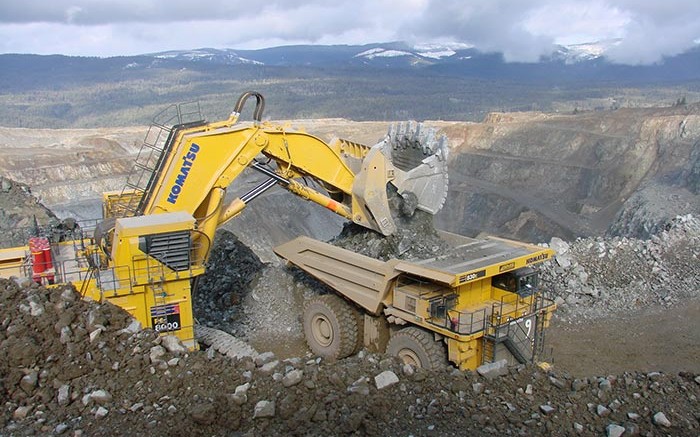Copper prices have dipped below US$3 per lb. several times this year — in March, briefly in October, and then in November — for the first time since mid-2010.
Most recently, responding to a stronger U.S. dollar, a near-term expected surplus of the red metal and mixed economic data out of China — the world’s foremost copper consumer — the copper price has fallen to US$2.93 per lb.
But major copper miners don’t have much to worry about, according to a BMO Capital Markets report issued in early December, unless prices collapse to a worst-case-scenario US$2.50 per lb.
The report looked at how 14 copper miners covered by BMO would fare in a 2015 base-case scenario of US$3.05 per lb. copper, at US$2.90 per lb. copper, and at US$2.50 per lb. copper. BMO analysts looked at the effects of the copper price on cash flow, net asset value (NAV) and liquidity.
For the record, BMO analysts, who don’t believe that copper will remain under US$3 per lb. for long, forecast copper will average US$3.05 per lb. next year.
In terms of cash flow, most of the miners hold up reasonably well at US$2.90 copper.
The miners that would suffer least are: Turquoise Hill Resources (TSX: TRQ; NYSE: TRQ) and Southern Copper (NYSE: SCCO), whose cash flow would drop by 4%, while Imperial Metals’ (TSX: III) cash flow would decline by 6% and Freeport-McMoRan (NYSE: FCX) by 7%.
On the opposite end, Lundin Mining (TSX: LUN; US-OTC: LUNCF) would lose 25% of its cash flow; KAZ Minerals (US-OTC: KZMYY; LSE: KAZ), 24%; and Thompson Creek Metals (TSX: TCM), 21%.
At US$2.50 copper, cash flow would be more severely curtailed, with KAZ’s dropping 80%, Copper Mountain Mining’s (TSX: CUM) by 60% and Capstone Mining (TSX: CS; US-OTC: CSFFF) and Thompson Creek Metals losing 45%.
The miners’ net asset values would react variably to lower prices, with companies that have greater operational and/or financial leverage being more sensitive.
For example, a 5% copper price reduction to US$2.90 per lb. would shave anywhere from 15% (Turquoise Hill) to 200% (KAZ) off the companies’ net present value per share, BMO notes.
Lastly, US$2.90 copper would not greatly affect copper miners’ liquidity.
“Most companies appear to be adequately capitalized to support their growth and capital return budgets in 2015 to 2017, even with the lower levels of operating cash flow,” the report says.
At US$2.90 copper, none of BMO’s copper miners would have a liquidity crisis in 2015, or be short of funds in the next three years.
However, net debt would likely increase, putting pressure on companies that are building or ramping up operations and have lower cash flow interest coverage ratios such as Hudbay Minerals (TSX: HBM; NYSE: HBM), KAZ and Thompson Creek.
On a positive note, for miners with operations outside of the U.S., the strong dollar has some advantages. BMO notes that non-U.S. producers will get some relief on operating costs, resulting in stronger margins. Copper Mountain, Thompson Creek, Hudbay and Teck Resources (TSX: TCK.B) are most likely to see lower operating costs with a stronger U.S. dollar.
BMO’s preferred names are Capstone Mining, Lunding Mining, Hudbay Minerals, Southern Copper and Turquoise Hill Resources — all of which are rated as outperformers based on their attractive valuations at spot and the state of their balance sheets.
BMO has a $3.50 price target on Capstone Mining (it recently traded at $1.88), $7.50 on Lundin Mining ($5.33), $13 on Hudbay ($8.46), US$40 on Southern Copper (US$29.89) and $5 on Turquoise Hill ($3.53).


Be the first to comment on "Copper miners hold up under BMO forecast"